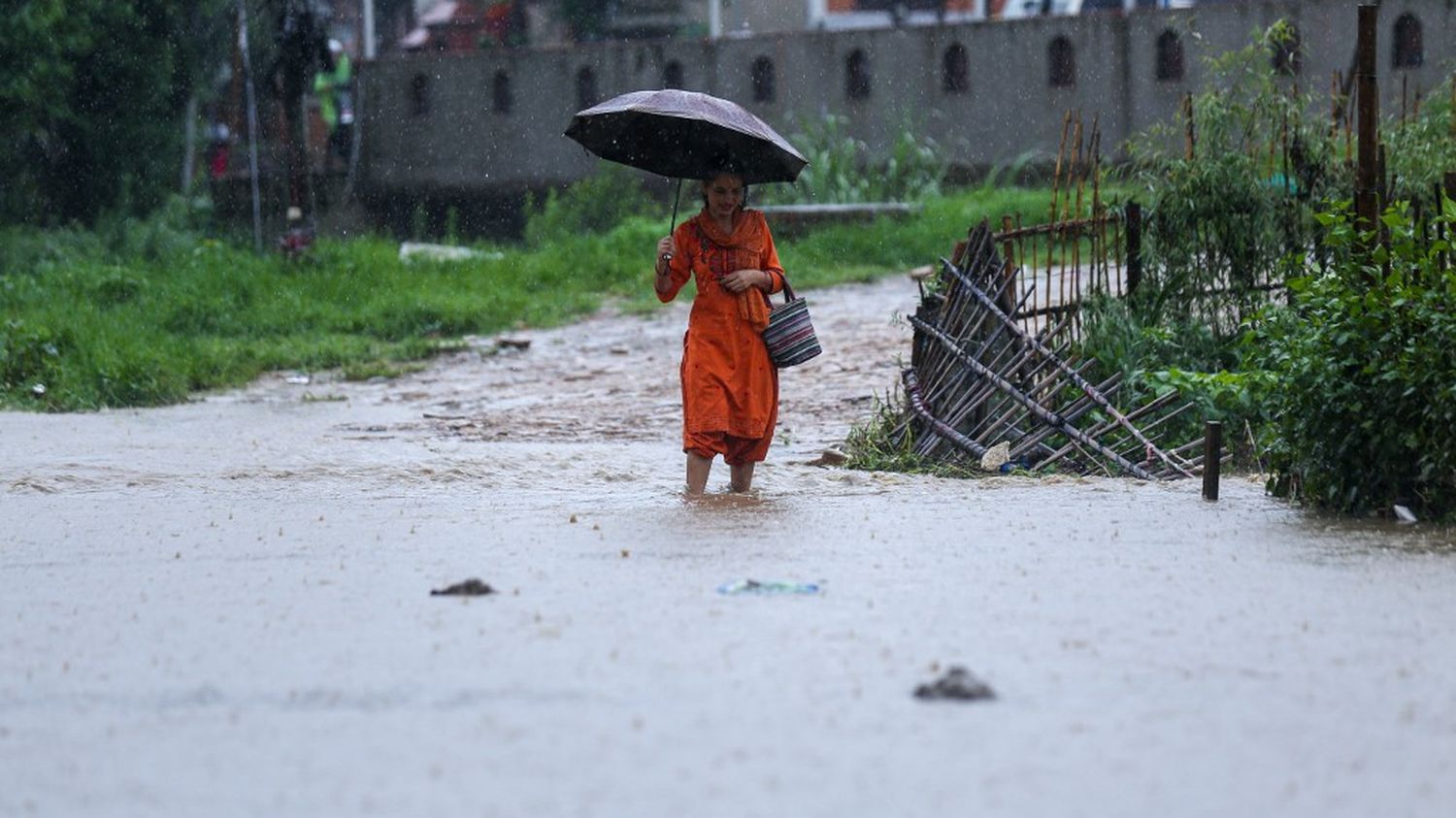In India, bad weather has claimed six more lives in the last 24 hours, bringing to 58 the human toll from torrential rains in the country since mid-May.

Published
Update
Reading time: 1 min

Fourteen people have been killed in Nepal in flash floods and landslides caused by torrential rains, local police reported on Sunday (July 7). Nine others are missing. In June, 14 people were killed in the country when violent storms triggered landslides and floods.
Floods in northeastern India have killed six people in the past 24 hours in the state of Assam, the local disaster management authority said Sunday, bringing the death toll from torrential rains in the country since mid-May to 58.
In Bangladesh, a low-lying country downstream from India, more than two million people have been affected by flooding, the national disaster management agency said. Police on Saturday put the death toll at least eight.
The June-September monsoon season causes death and destruction across South Asia each year. In recent years, the number of deadly floods and landslides has increased. Experts say road construction and climate change, a result of human-induced greenhouse gas emissions, are exacerbating the problem.
Since the 19th century, the average temperature of the Earth has warmed by 1.1°C. Scientists have established with certainty that this increase is due to human activities, consumers of fossil fuels (coal, oil and gas). This warming, unprecedented in its speed, threatens the future of our societies and biodiversity. But solutions – renewable energies, moderation, reduction of meat consumption – exist. Discover our answers to your questions on the climate crisis.
